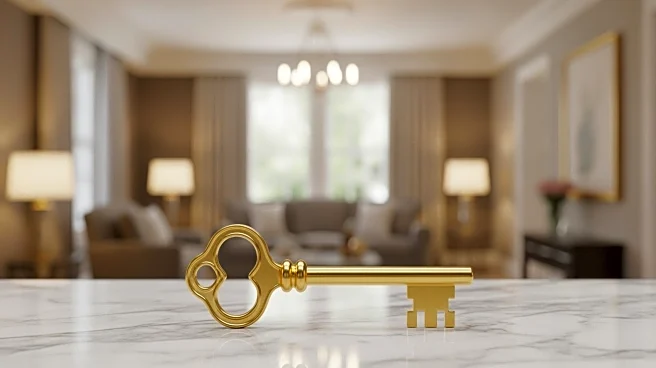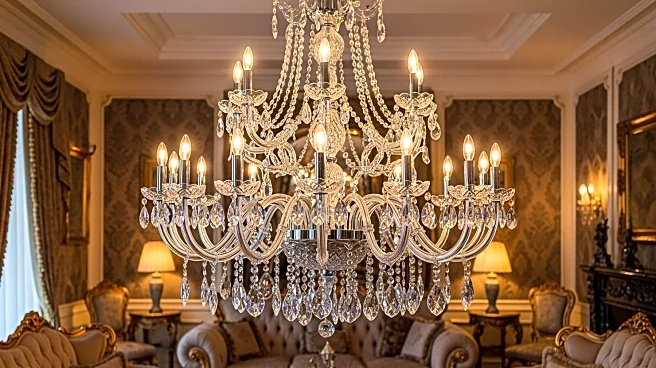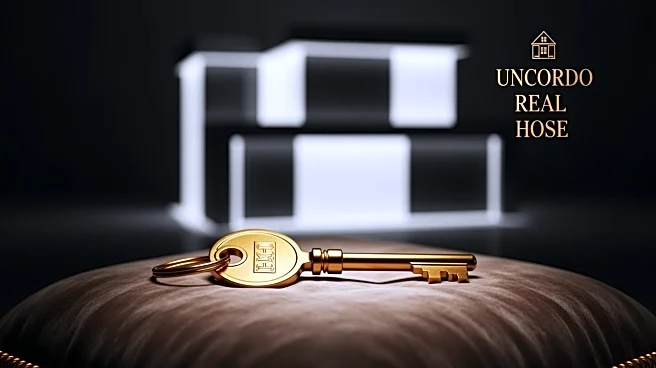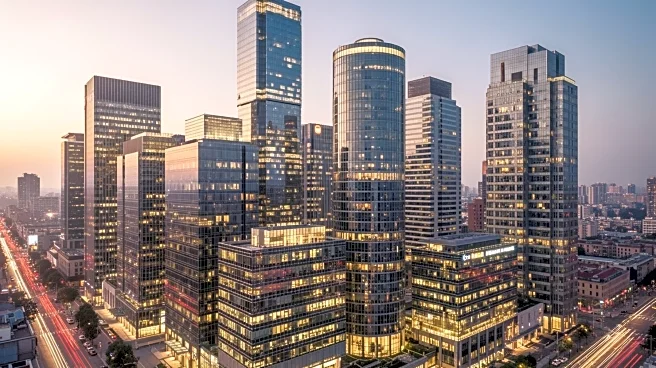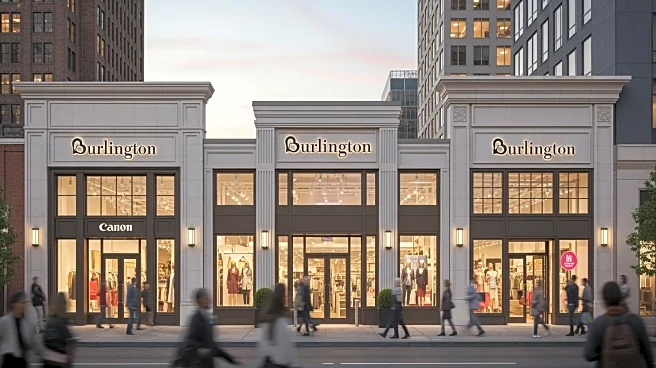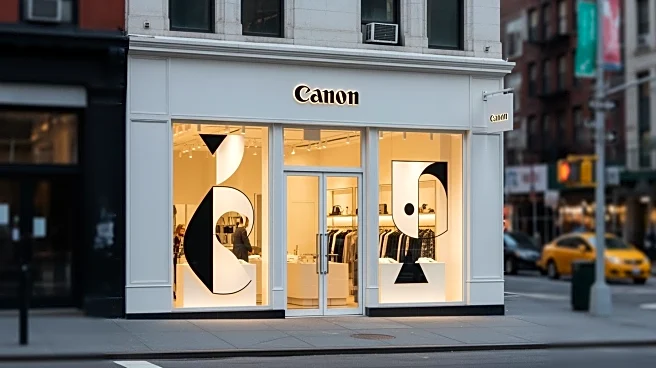What's Happening?
The threshold for luxury homes in the U.S. has increased by more than 60% over the past decade, reaching $1.3 million for the top 10% of the most expensive homes nationwide. According to Realtor.com's What Is Luxury report, the top 5% of homes for sale
start at $2 million, while the top 1% begin at $5.4 million. These figures are significantly higher than the national average median listing price of $430,000. The report highlights a shift in the definition of luxury, with a million-dollar home no longer representing the luxury marker it once did. The New York metropolitan area, despite not ranking in the top 10 regions for highest starting prices, has the highest number of million-dollar listings, accounting for 33.7% of all listings in the region.
Why It's Important?
The rising prices of luxury homes reflect broader economic trends and have significant implications for the real estate market. As the definition of luxury shifts, it affects market dynamics, influencing both buyers and sellers. The increase in luxury home prices may lead to greater exclusivity and could impact affordability for potential buyers. Additionally, the concentration of million-dollar listings in certain areas highlights regional disparities in the housing market. This trend may also affect investment strategies and the allocation of resources within the real estate industry.
What's Next?
The continued rise in luxury home prices may prompt changes in real estate investment strategies, with investors potentially focusing on high-end properties in regions with significant market demand. Real estate professionals may need to adapt their marketing and sales approaches to cater to the evolving definition of luxury. Additionally, policymakers might consider addressing affordability issues and regional disparities in the housing market to ensure equitable access to housing.
Beyond the Headlines
The shift in luxury home prices could have cultural implications, influencing perceptions of wealth and status. As luxury becomes more exclusive, it may affect social dynamics and community structures. Furthermore, the trend could lead to increased scrutiny of real estate practices and the role of luxury in urban development.
